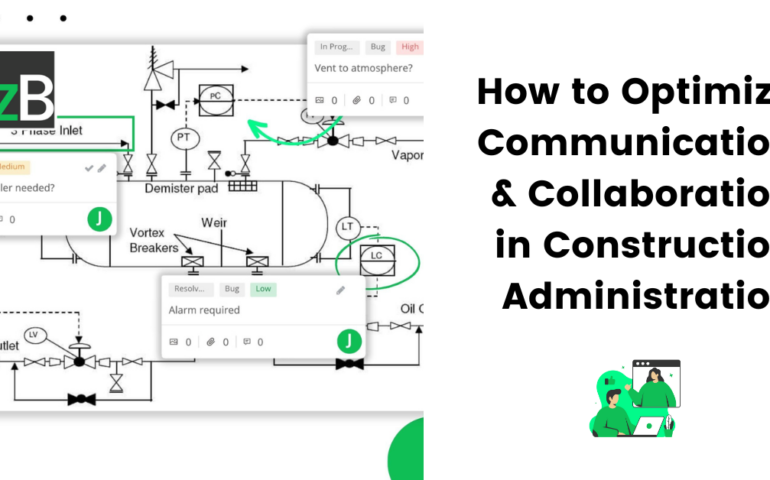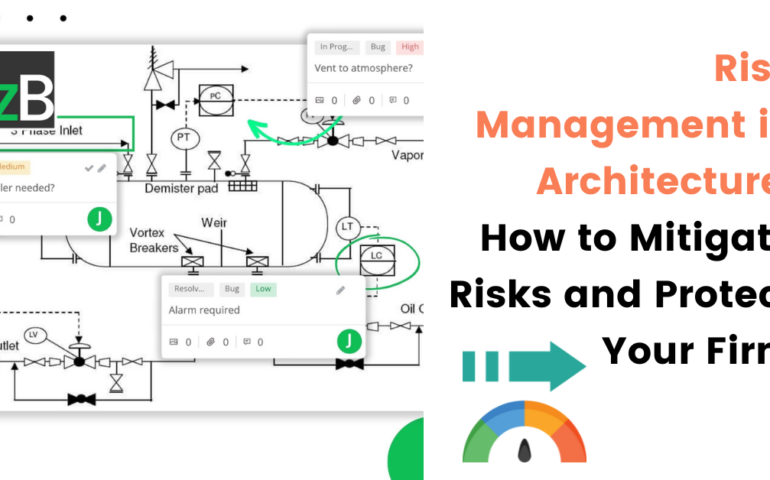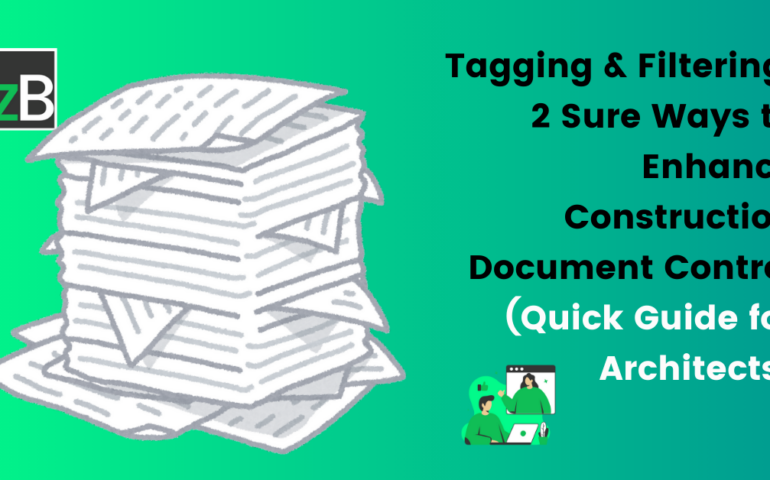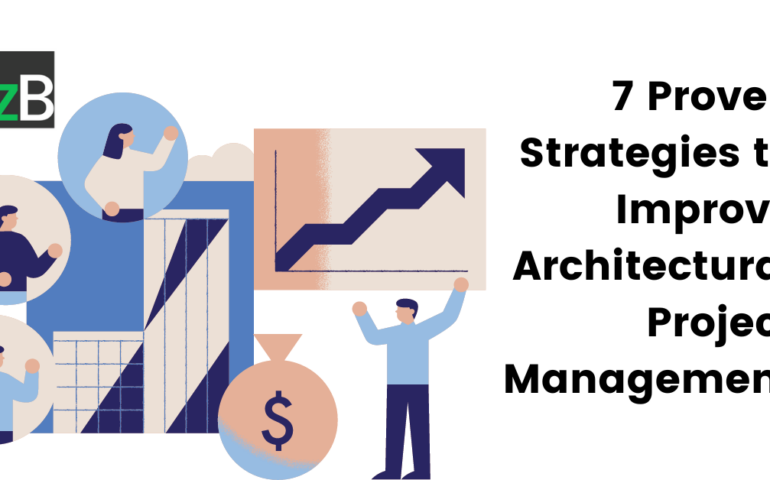31 May

How to Optimize Communication and Collaboration in Construction Administration
Research by Construction Navigant and PlanGrid show that, 9% of a project’s combined cost stems from rework, with 52% of that rework being attributed to miscommunication and poor project data. Additionally, nearly 35% of project time is lost due to ineffective activities, resulting in $280 billion in annual rework expenses. For these reasons, streamlining communication
29 Apr

Risk Management in Architecture: How to Mitigate Risks and Protect Your Firm
Architecture projects are prone to risks of different types and severities. These risks can come in the form of threats and opportunities. While you cannot eliminate risks, you can manage and mitigate them. That is where risk management in architecture comes in. In this article, we discuss the basics of risk management for architects in
12 Apr

Tagging & Filtering: 2 Sure Ways to Enhance Construction Document Control (Quick Guide for Architects)
Finding and managing files and information can be daunting when working on architecture projects – especially dealing with a growing volume of files and stakeholder feedback. Whether it’s navigating complex projects, pinpointing specific issues, or staying organized across multiple tasks and files, efficient categorization and retrieval systems are crucial for effective construction document control. That’s why
08 Apr

Project Management in Architecture: A Complete Guide with Expert Insights
What are some best practices and tools for project management in architecture? How do you streamline client collaboration and document management? Projects of all sizes have their complexities and challenges, how do you deal with them? How do you manage projects effectively to ensure they meet schedules and expectations? Covid is long gone, but how
26 Feb

7 Proven Strategies to Improve Architectural Project Management at Your Firm
Every architectural project manager shares a common goal: delivering high-quality projects efficiently and within budget. Is it achievable? Absolutely! However, achieving this hinges on continuously improving your architectural project management practices. We understand project management differs from industry to industry; and even in architecture, project management may look different from firm to firm or even
